Exploring Mountsandel Fort: A Mesolithic Site and Fort in Coleraine, Northern Ireland
Welcome to our journey through time as we explore the fascinating Mountsandel Fort in Coleraine, Northern Ireland. Close to the bank of the River Bann, this site tells the myriad tales of the Mesolithic Era, a significant period in human history. Today, we will delve into the secrets of this ancient fort, traversing the spellbinding woods and forests of MountSandel.
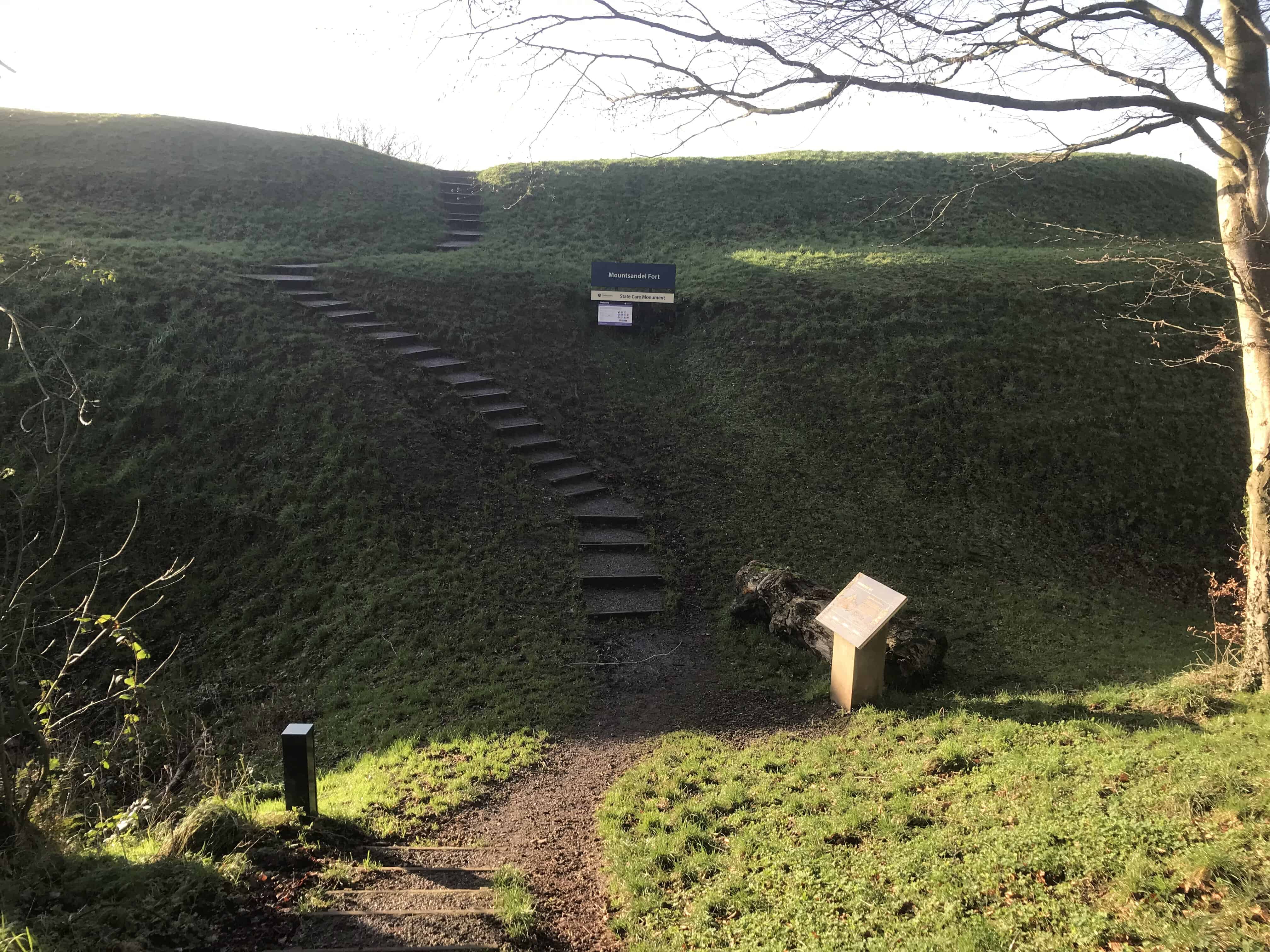
Understanding the Mesolithic era at Mountsandel
Introduction to Mount Sandel and the Mesolithic Era
Located on the eastern bank of the River Bann, Mount Sandel Fort hails from the Mesolithic or Middle Stone Age. It is a site of major archaeological significance as it is home to the most definitive evidence of the early Mesolithic era, showcasing habitation taking place as far back as 7900 to 7600 BC.
The Significance of Mesolithic Sites on the River Bann
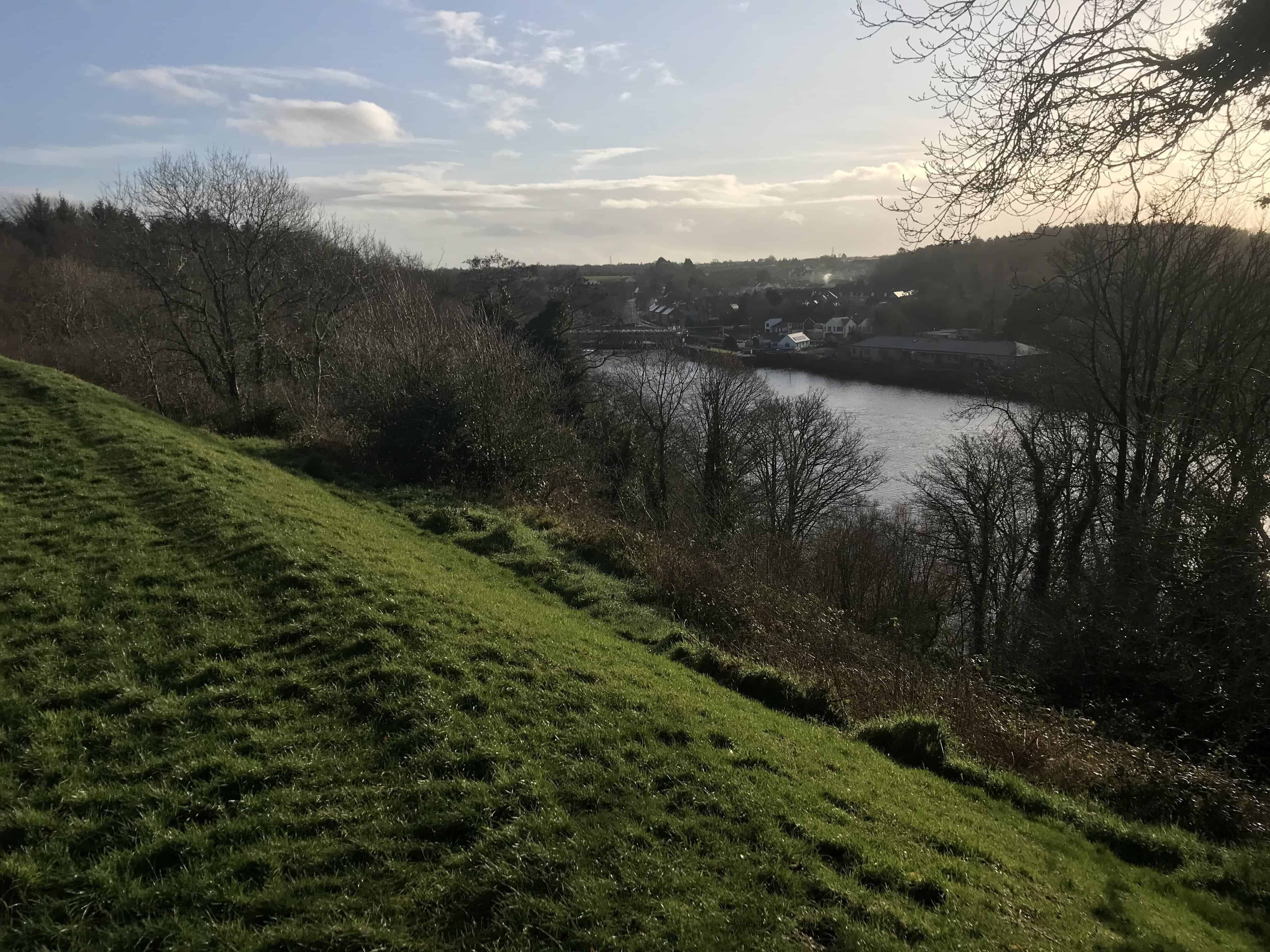
These early Mesolithic sites offer invaluable insights into the lives of the first hunter-gatherer communities. Using mainly flint tools, they occupied huts and relied on local resources to survive. A key aspect that makes this fort significant is its location and resources, including the River Bann abundant with eels and salmon.
What makes Mount Sandel special?
Mount Sandel is unique because it is considered the earliest known settlement site of man in Ireland. The first discovered hearth from the Stone Age and other flint tools have been dated back to the era, making it one of the first homes in Ireland. Coupled with evidence of wild boar and hazelnut consumption, its charm lies in its depth of history.
Archaeological finds at Mount Sandel – Unfolding the Story
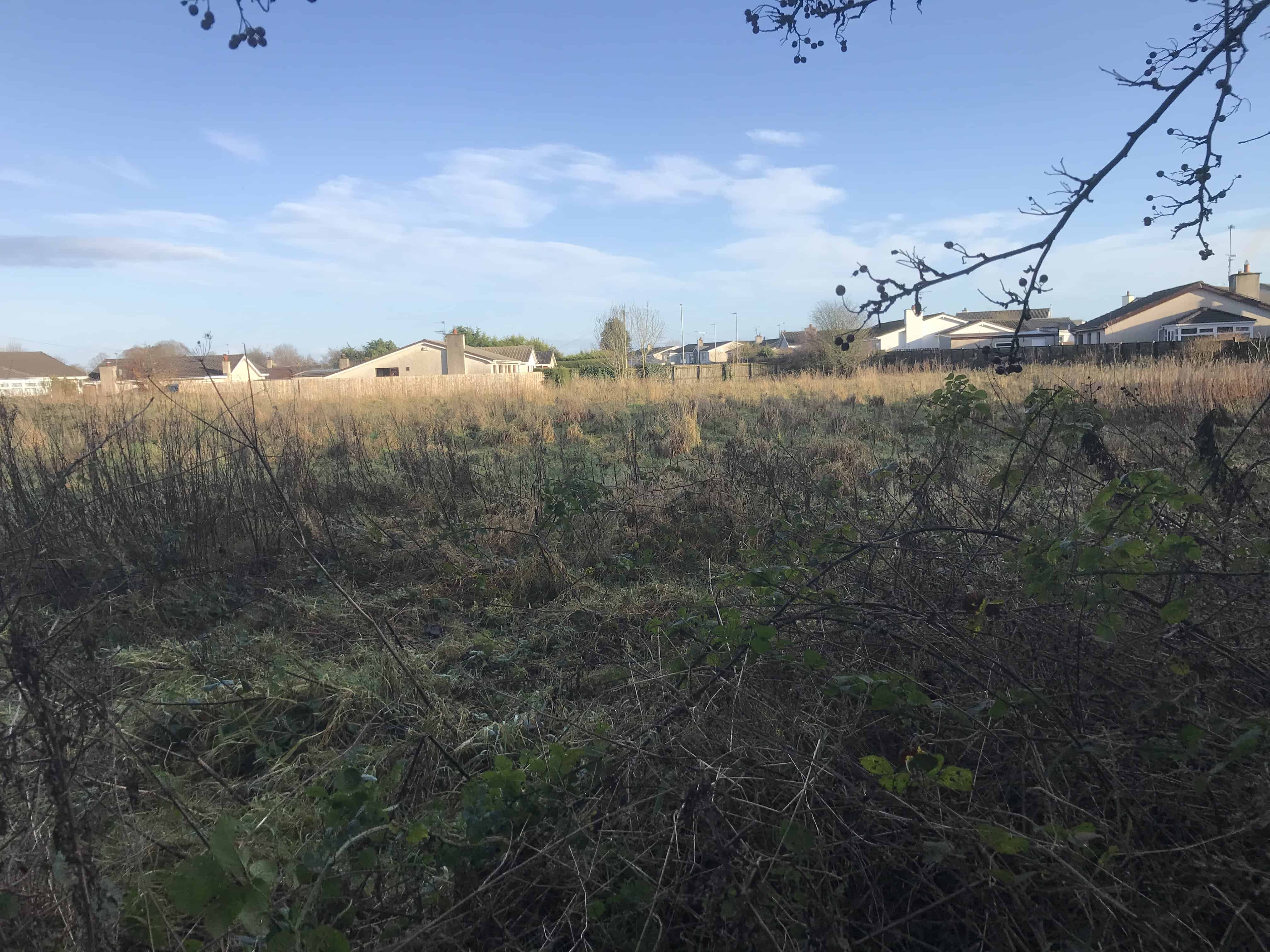
The exciting discovery of Mount Sandel
The unveiling of Mount Sandel’s treasures began in the late 20th century when Peter Woodman commenced excavation. Flint tools, fragments of burnt bone, and evidence of hazelnut processing revealed the site’s Mesolithic origins, offering invaluable insights into this transformative era.
Archaeological methodologies employed
A range of techniques were used to interpret the site, including microlith and flint tool examinations, and analysis of the Stone Age hut’s carbonised remains, notably the hearths and hazelnut shells. The findings were correlated with other river sites to pinpoint habitation patterns and diet of these ancient settlers.
Key finds and their implications
The discovery of a natural weir used for catching eels and salmon marks a significant stride in understanding the ancient subsistence strategies. The various excavation findings have provided an unprecedented window into the ways of the “Man in Ireland” during the Mesolithic era.
The Natural Beauty of Mountsandel Forest and Wood
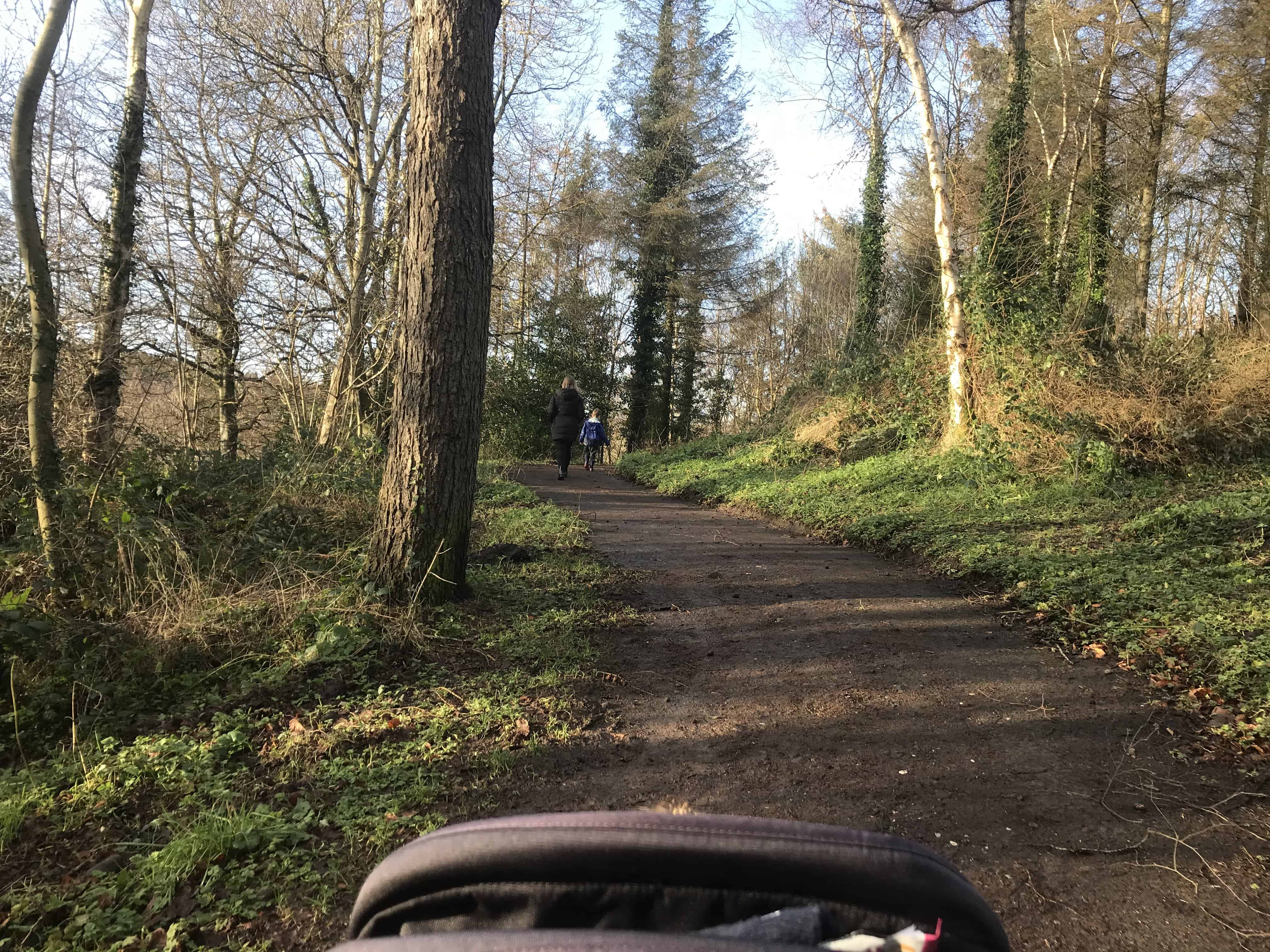
Introduction to Mountsandel Wood and Forest
Apart from its rich history, the area surrounding Mount Sandel enthrals with scenic views of the River Bann and its serene forests. Known as Mountsandel Wood, it is a paradise for nature lovers, combining historical richness with enchanting flora and fauna.
Flora and fauna at Mountsandel
The diverse habitat supports a variety of wildlife. From squirrels to kingfishers and buzzards, many animals call Mountsandel home. The forest is beautified with a collection of mature trees like oak, ash, and beech along with lilacs, hawthorns, and wild cherry trees. These plants and animals enhance the enduring beauty of this ancient site.
Conservation efforts and why it matters
Given its historical and natural significance, conservation efforts are necessary to preserve the area sustainably. Mount Sandel has been classified as both a historical monument and an Area of Special Scientific Interest, emphasising the importance of maintaining its unique ecological and archaeological characteristics.
The Man of Ireland and the Earliest Known Settlement at Sandel
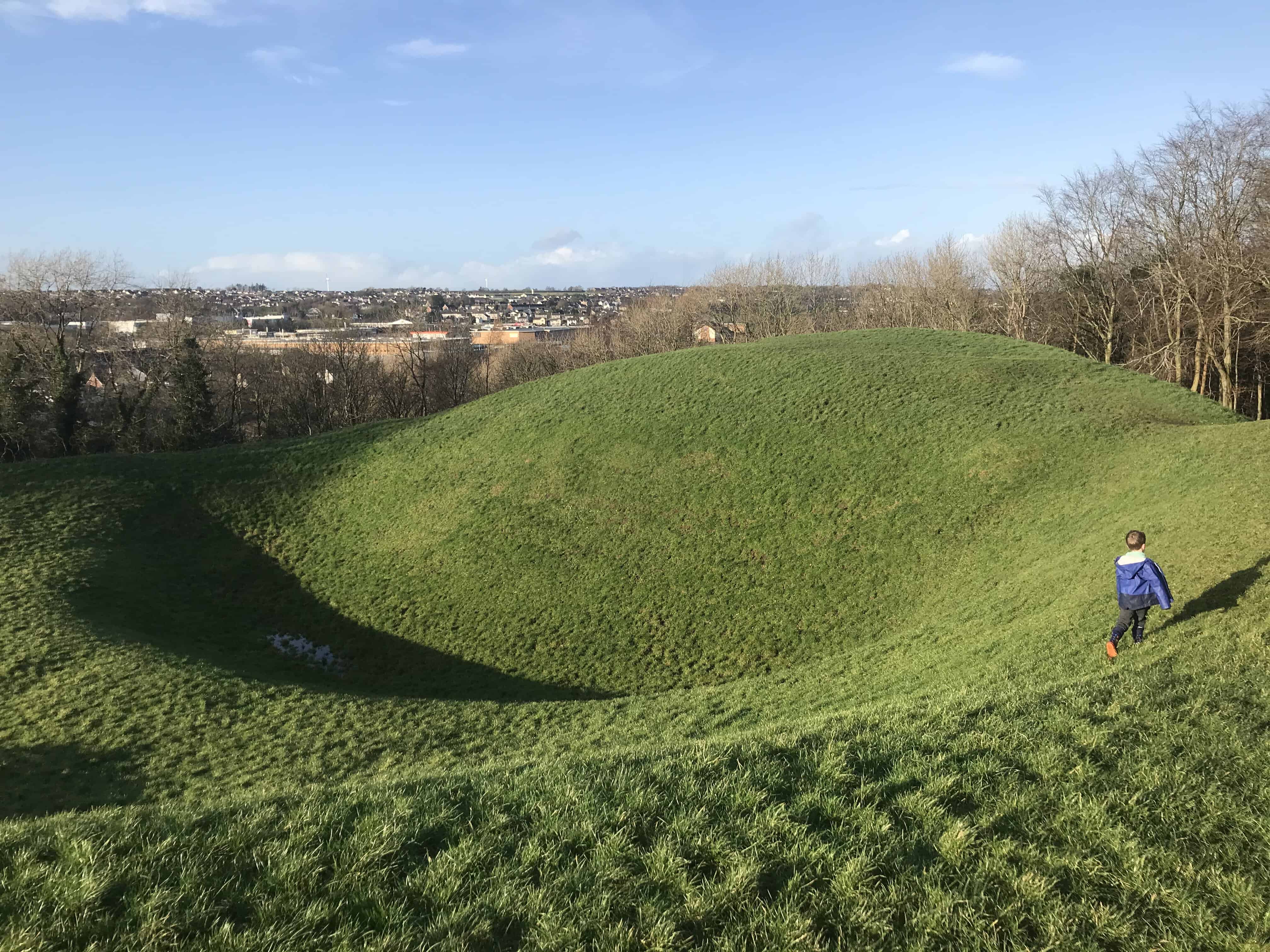
Understanding the ‘Man in Ireland’
The sights found at the site allow us to shadow the ‘Man in Ireland’ as he transitioned from a nomadic lifestyle to a settled life. The relics convey a story of a community learning to use their surroundings efficiently, showing signs of early cooperation and communication.
Why is Mount Sandel considered the earliest known settlement?
The excavations and associated carbon dating of found materials confirm Mount Sandel as the earliest known settlement. Unlike other sites, the continual discovery of Stone Age artifacts, coupled with microliths and hearths, offers unequivocal evidence of human habitation during the early Mesolithic period.
Life in the settlement: What do we know?
Evidence points to activities such as fishing and foraging for wild food. The residents likely grouped in community-like settings, employing tools and using fire for cooking and heat. It seems life at Sandel involved adapting to the environment and making profound strides towards becoming a cohesive society.
Mount Sandel in the Causeway Coast Context
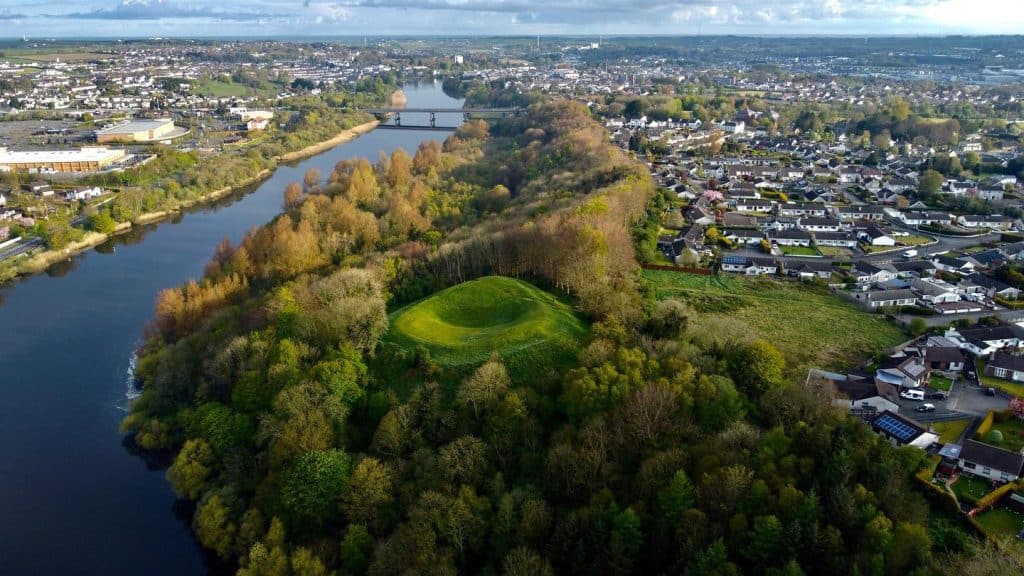
The Beauty of the Causeway Coast
Nestled in the heart of the Causeway Coast, Mount Sandel is a short jaunt from epic attractions such as the Giant’s Causeway, Carrick-a-Rede rope bridge and Portrush and Portstewart towns. Here, visitors are treated to an area steeped in history and surrounded by astonishing natural beauty.
Mount Sandel as part of the Causeway Coast attractions
Drawing millions annually, the Causeway Coast is a global tourist hotspot. Among its many gems is Mount Sandel, the pearl of the Mesolithic era. The visit grants a unique glimpse into the past, making it a must-visit for history buffs and nature enthusiasts.
The archaeological sites along the Causeway Coast
The area boasts renowned archaeological sites, including the Giant’s Causeway, Dunluce Castle, and others. Their shared stories wind through centuries to meet at Mount Sandel, mirroring the journey of the ‘Man in Ireland‘ and offering a fascinating walk through time.
Visiting Mount Sandel Today
Prepare for your Visit to Mount Sandel
Prepare for a journey through time – usual site visiting preparations apply, such as checking site’s opening hours, available facilities, and current events. The fort is easily accessible by Mountsandel Road and includes signage for visitors to follow.
The Modern facilities at Mount Sandel
Today, Mount Sandel offers public paths facilitating access to the site and surrounding natural park, maintaining a harmonious balance between history and nature. Educational boards narrate the significant historical layers of the area, contributing to an enriching visit.
How to Get to Mount Sandel – Map & Directions
To get to Mount Sandel, one can drive directly to Mountsandel Road in Coleraine, with ample parking available. The Causeway Coastal Route highlights the site, and public transport frequently stops at Coleraine before a short walk will see you at the fort entrance. Strap on your boots and embark on a journey to the distant past!

